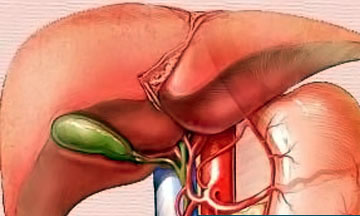 Cholecystitis
Cholecystitis is associated with gallstones in over 90% of cases. It occurs when a calculus becomes impacted in the cystic duct and inflammation develops behind the obstruction. Vascular abnormalities of the bile or pancreatitis may rarely produce cholecystitis in the absence of gallstones. If the obstruction is not relieved, pressure builds up within the gallbladder as a result of continued secretion. Primarily as a result of ischemic changes secondary to distention, gangrene may develop with resulting perforation. Although generalized peritonitis is possible, the leak usually remains localized and forms a chronic, well-circumscribed abscess cavity.
Gallstones are more common in women than in men and increase in incidence in both sexes and all races with aging. The simplest classification of gallstones is based on the chemical composition: stones containing predominantly cholesterol and stones containing predominantly calcium bilirubinate. Three compounds comprise 80% to 95% of the total solids dissolved in bile; conjugated bile salts, lecithin and cholesterol. Cholesterol is a neutral sterol; lecithin is a phospholipid; and both are almost completely insoluble in water.
However, bile salts are able to form multimolecular aggregates (micelles) that solubilize lecithin and cholesterol in an aqueous solution. In traditional
Chinese medicine, the disease is considered to be caused by substantial heat which has stagnated in the liver and the gallbladder for a long time. The long internal stagnation of heat and dampness damages the gallbladder and results in the disease.